There’s a lot that goes into bringing a product to market. Making sure costs stay where they need to be is one of the most important aspects. Just as much as making sure the functionality and quality of the product is maintained, it’s so important that cost oversight is closely integrated with the process of specifying parts. Managing both within the same application becomes almost a necessity. That’s what PLM systems like Aligni do.
How PLM fits in
PLM (Product Lifecycle Management) software can help organizations manage product costing. It does this by providing a framework and central location for collecting and analyzing cost data throughout the product process from development to manufacture.
Most know the software is used for tracking changes, storing part and product data, and organizing information for hand-off to production. PLM software also manages part and material pricing data. Having all this information stored in one item master database means everyone is working on the same builds with the correct information – and that includes costs.
How PLM integrates with the product costing process
We’ve outlined the key steps in the process below to provide a better understanding of how product costing can be managed within a product lifecycle management application like Aligni.
1. Defining Cost Elements
The first step in product costing is to determine the cost elements of the product that will be included in the analysis. This may include materials, labor, overhead, and other costs. PLM software can provide a common framework for defining and organizing cost elements within a single database. It also assigns costs to specific product components or manufacturing processes.
2. Collecting Data
The next step after cost element identification is to assemble the data on the actual costs associated with each element. PLM software can help organizations collect and organize cost data from a variety of sources. These can include ERP (Enterprise Resource Planning) systems, supplier quotes, and other sources. This information is stored in the PLM’s item master database for easy reference. It’s also stored into the product’s bill of materials (BOM), also managed with PLM.
3. Analyzing Costs:
Once the cost data has been collected, the data can be examined to determine the total cost of the product. PLM software can provide tools for analyzing cost data. These tools can include as cost breakdowns by component or manufacturing process, per unit product costs, differences in vendor pricing. They can also include comparing actual costs to budgeted costs.
4. Monitoring Costs:
It is important to continue oversight of the cost structure to ensure the product remains within budget throughout its lifecycle. Instead of searching files or chasing other departments, PLM software can provide tools for tracking actual costs over time. The software can be used for identifying areas where costs are exceeding budget. This is all done within the PLM.
5. Supporting Cost Optimization
PLM software can also support cost optimization processes. It can help programs by providing tools that analyze the potential impact of design changes, component substitutions, and other factors on product costs. This can help organizations identify cost reduction opportunities without sacrificing quality or functionality.
Bringing it all together
As the above five steps highlight, when using product lifecycle management software for overseeing both product changes and product costing, the advantages are clear. By collecting, analyzing, and monitoring cost data within PLM, organizations can improve their ability to manage costs and optimize product designs. They can make informed decisions about product development and manufacturing. PLM software can provide the centralized framework necessary for managing product costing throughout the product lifecycle, from initial design through manufacturing and beyond.
Looking to be more responsive to product costing and changes through better data management? Then it’s time to sign up online for Aligni today!
Start your 30-day free trial
Helping You Make Great Things…Better.
